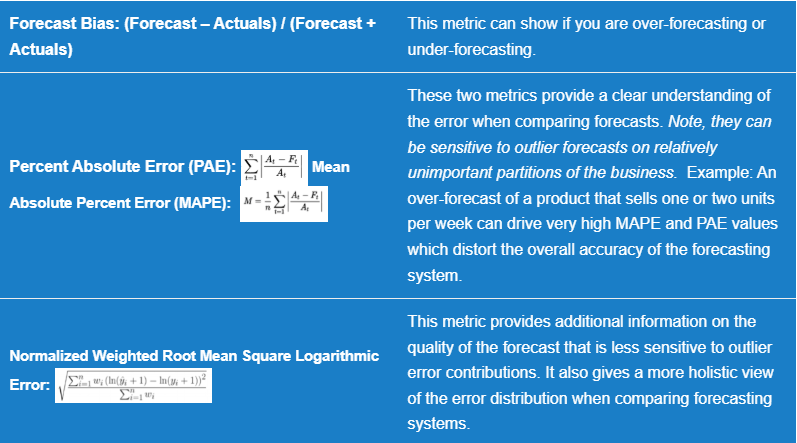Forecasting is critical to any retail company. Without having a forecasting process in place, it is near impossible to have the right stock on hand.
Too much merchandise in the warehouse means your inventory is collecting dust, and not enough on the shelves can hurt your brand image. Such a fine line between success and failure!
In this blog, we take you through our process of finding the right forecasting system for your retail business.
For starters, what is forecasting?
Forecasting uses data and insights to accurately predict demand at a granular level. This analysis allows retailers to know how much stock to have on hand at a given time. However, if not done correctly, the results are just the same as putting your finger in the air to find the best guess. That’s where the power of forecasting systems comes into play.
How we choose an optimal forecasting system
An optimal forecast takes into account:
- Sourcing and replenishment cadences
- Geographical and socio-economic variances in demand
- Out of pattern disturbances (ex: Out of stock conditions caused by COVID, severe weather events)
- Business Goals and overall profitability
From these considerations, we can define the forecast timeline, forecasting accuracy, scorecards, and overall return on investment.
Determine a forecast timeline
A forecasting system is only successful if the retailer has a strategic plan for a forecasting timeline.
Rather than focusing on the exact promotion history, a successful forecasting timeline anticipates changes in demand that factor in essential business decisions: promotion strategy, vendor ordering, and seasonal items.
Calculate forecasting accuracy
It is important to use metrics when comparing forecasting accuracy against competitors.Note that forecast accuracy does not rely on one metric, rather a combination of several metrics depending on the business strategy.
Here are the recommended metrics to use based on different business strategies:

Calculate accuracy by comparing naive forecasts to advanced forecasts
Naive forecasts rely on broad averages and are only used to compare with sophisticated forecast systems. If the contending forecast systems can more accurately model the seasonal and promotional response in the system, they will have lower MAPE and Logarithmic Error.
Create forecasting system scorecards
Forecasts for one system might be very accurate in a subpart of the business but perform poorly in another. For example, the forecasting system might perform well for promotions with a high response, but overall forecast highly seasonal, unpromoted items.
To generate a comprehensive insight into which of the competing forecast systems is most accurate, we recommend creating a scorecard.
The key components of a scorecard:
- Determine appropriate weighting factors aligned with the business strategy and the nature of the products being forecasted. This will avoid overweighting items such as slow sellers, out of season, or discontinued/clearance items that disproportionately impact the metric.
- Leverage statistical formalism to determine if the difference between the forecasts is mathematically important.
- Ensure that all categories that make up the metrics align with the overall business strategy
All of the contributions to the scorecards are tallied and evaluated along several essential dimensions of the business. The forecast system with the lowest overall point total is determined the most accurate among the competing systems.
Compare ROI
Discovering the return on investments (ROI) for each forecasting system is just as important as creating scorecards. Understanding the ROI allows us to understand the business impacts, and calculate the costs of moving to a new system.
Takeaways
At Cognira, we believe that our methodology provides critical input and confidence into the decision process for retailers.

